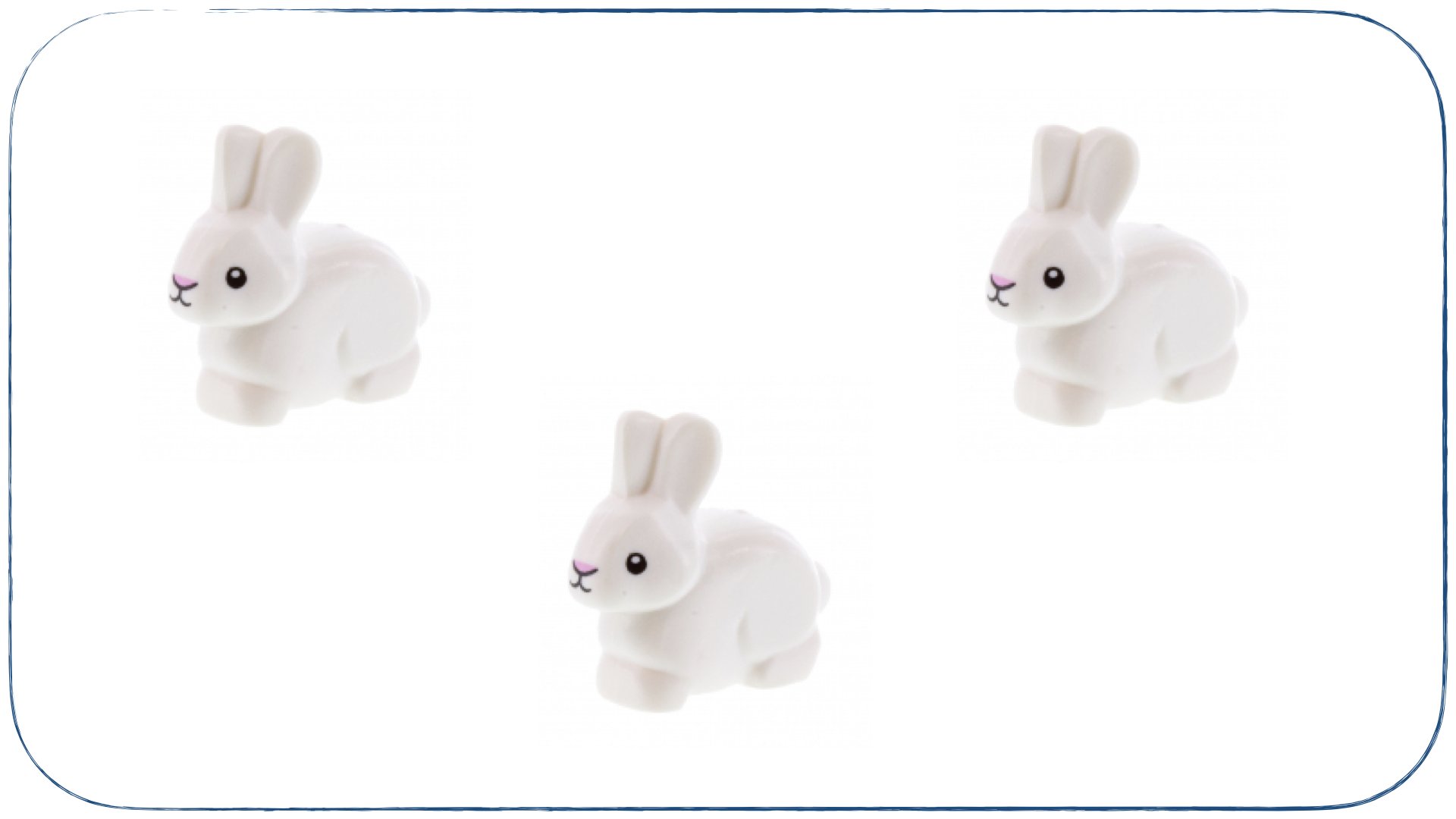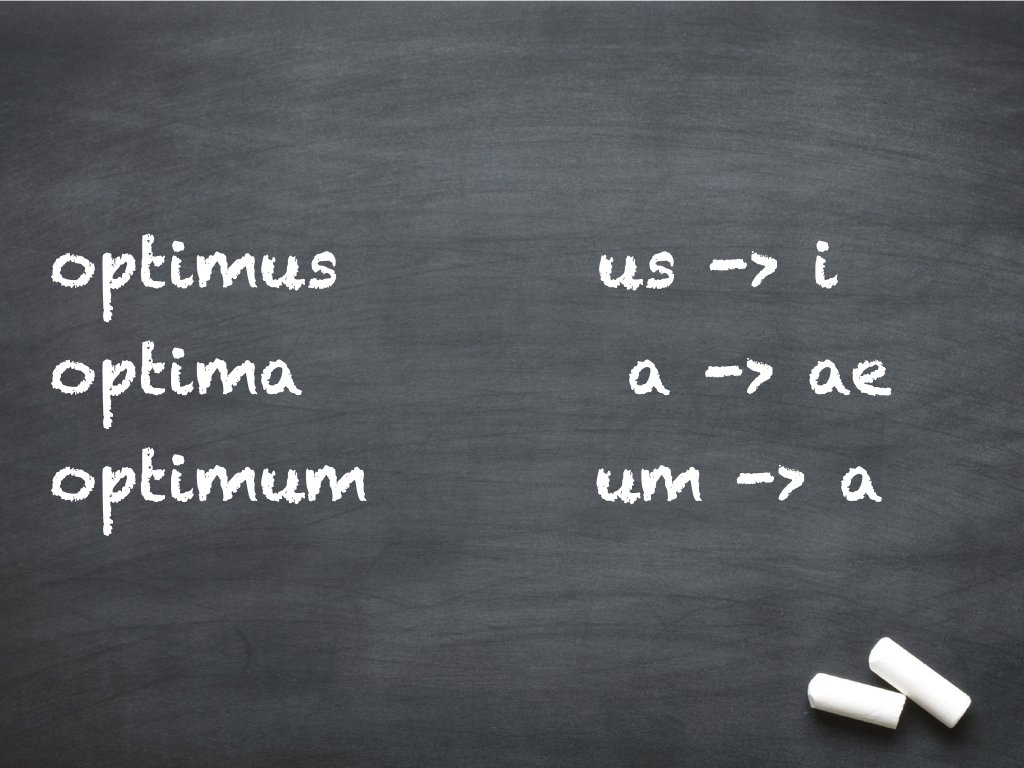For the first ten minutes of the lesson, the students read Capitulum Primum of Lingua Latina Per Se Illustrata. I asked them to begin reading it again if they finished. There were a few questions during that time.
2. Each student was given a scoring sheet to play recte/prave. The goal of recte/prave is to orally drill Latin morphology, while keeping the class focused despite it is not being their turn to respond.
3. Firstly, I’ll explain the score sheet. There are two large areas labelled “recte - correctly” and “prave - incorrectly”. (These words are introduced, I think, in Chapter 15). The game is played in rounds, and in each round each students answers one question. When the student answers the question, the remainder of the players must quickly decide whether they answered recte or prave, and put a marker down on their own sheet. The teacher then announces recte or prave - then repeats the correct answer. If the player chose correctly, they give themselves one point, added to the large box for that round (there is space for 20 rounds). At the end of the round, the marks can be totalled and written in the small box.
4. I’ll now explain the parve/recte slides. I’ve created a set of slides - you can see them here - that have images of ‘things’ that appear in the first few chapters (and a few additional animals). I intend to use these images to orally drill morphology, as expressed above. Each noun appears three times: with one, two and three examples. Only the single image has the noun itself written on the slide. Here is an example:
5. recte/prave Round One : In round one, only the slides with a single example are shown. The three possible forms of optimus are written on the board, and the question “Quid est?” is asked. The student must respond with the appropriate form of optimus. For example:
M: Quid est?
D: Cuniculus optimus est.
6. recte/prave Round Two : In round two, slides alternated from one image to two images. The basics for making nouns and adjectives plural was added to the board. Note: It is helpful to warn the students that they will NOT see the Latin word in the plural pictures. If they are going next, they should look carefully at the singular form and prepare their answer in they head.
M: Quid est?
D1: Cuniculus optimus est.
M: Quae sunt?
D2: Cuniculi optimi sunt.
Note: Students had mixed success in Round Two responding correctly. Players were quite good, however, at judging whether other students had responded recte or prave.







